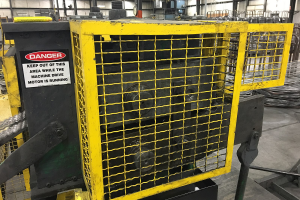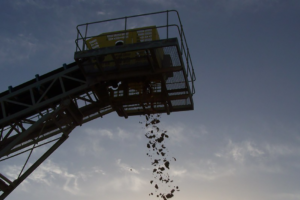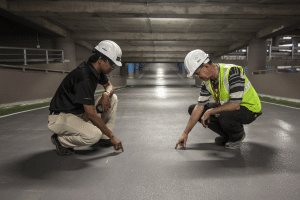Lack of machine guarding doesn’t always mean a hazard exists
FDRsafety is continuing to see OSHA cite employers for alleged violations of machine guarding in situations where employees would have to intentionally reach into a hazard zone to be injured. Not all these citations are valid, especially in light of a 1997 case decided by the Occupational Safety and Health Review Commission.
That case offers several important points for employers to consider when guarding points of operation and other moving parts and demonstrates that employers should force OSHA to prove that employees are, in fact, exposed to a hazard.
OSHA cited the employer, Fabricated Metal Products, for two violations related to machine guarding of automated presses used to manufacture small parts. Two groups of employees were involved. Toolmakers would perform set-up functions and repairs with the machines turned off. Operators would monitor the parts being produced, but would not make any changes to the equipment while the machine was operating.
Here is a key quote from the finding of the administrative law judge in overturning the violation:
“The likelihood of inadvertent contact is far too remote to support a finding of employee exposure. Indeed, when walking between machines or performing tasks that require them to come in close proximity to a press, employees remain at least one to two feet away from a machine’s lower shaft.
“These conditions, coupled with the fact that the lower shaft is about two feet above the floor and somewhat recessed from the outer edge of the containment which borders the press, render inadvertent contact highly unlikely, even if an employee were to slip and fall in this area.”
And here is what the Occupational Safety and Health Review Commission said in upholding the decision of the Administrative Law Judge:
“We find that the evidence does not show that it is reasonably predictable that any employee will slip or fall so as to contact either the upper or lower shafting on the cited presses. We therefore vacate the alleged violation.”
This is a quick summary for safety pros, engineers and others who have questions regarding “employee exposure” to a hazard. The OSHRC brief is only 10 pages and worth reading. If you still have questions, or OSHA is suggesting something in conflict with the above, contact us.


